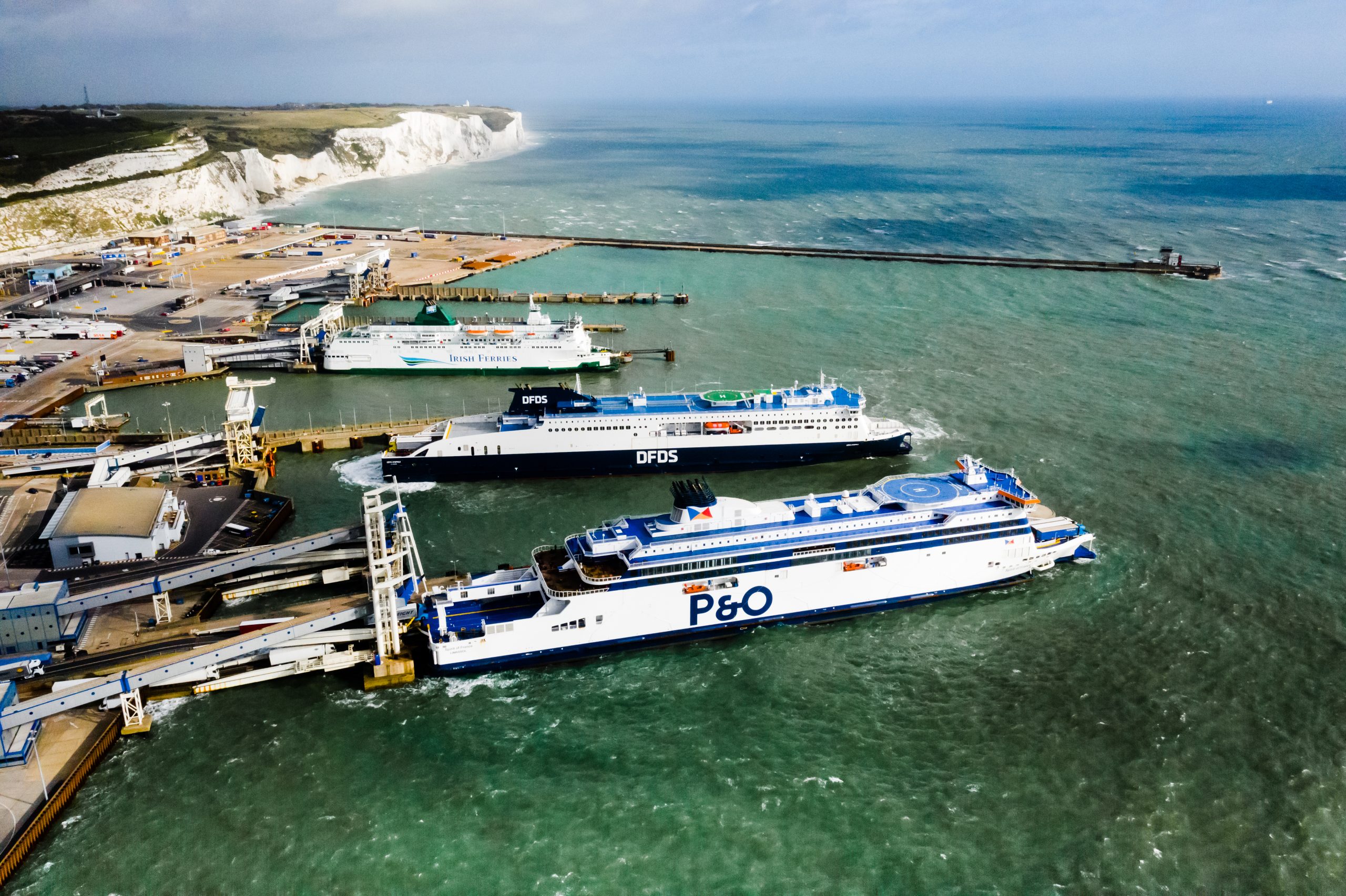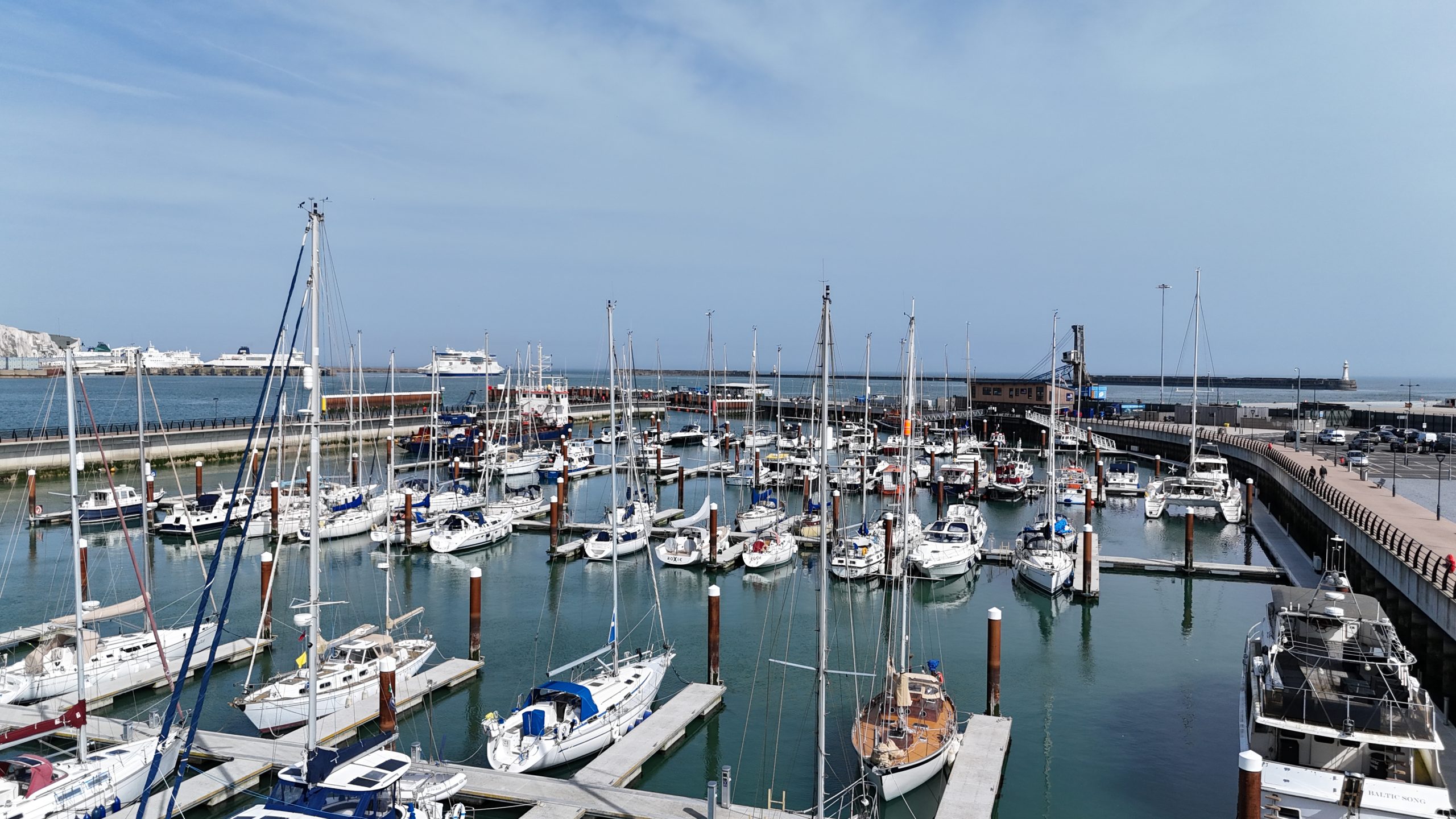The Port of Dover, the UK’s busiest international ferry port and second busiest cruise port, is in the process of regenerating the Eastern Docks, Western Docks and waterfront areas at the port as part of its long-term Port of Dover 2050 project.
It is the closest British port to mainland Europe and handles more lorries than all other UK ports put together, allowing for 120 ferry movements and 10,000 trucks per day. The port facilitates up to 11 million passengers, 2.1 million cars and 2.4 million trucks annually.


£144 billion (US$ 182.88 billion) worth of UK trade and a third of all trade with the European Union is handled here.
As well as establishing the UK’s first high-volume green shipping corridor, challenging targets have been set to reduce carbon emissions to net zero by 2030. The Port is already on track to be net-zero compliant by the end of 2025 for direct emissions and purchased energy and 2030 to achieve net-zero for indirect emissions caused by port activity.
Dover is also an award-winning cruise port, delivering world class travel experiences for over 20 different cruise lines each year, and recently opened a new state of the art marina.